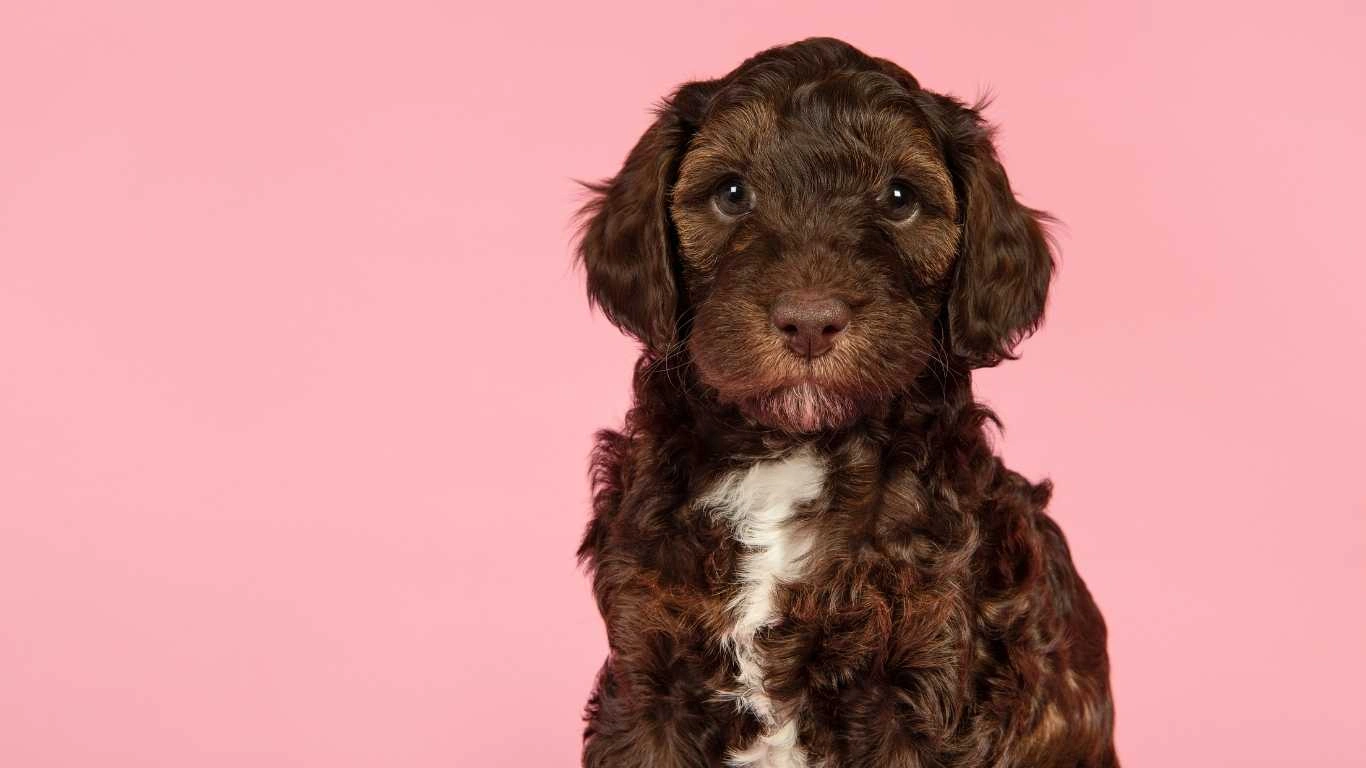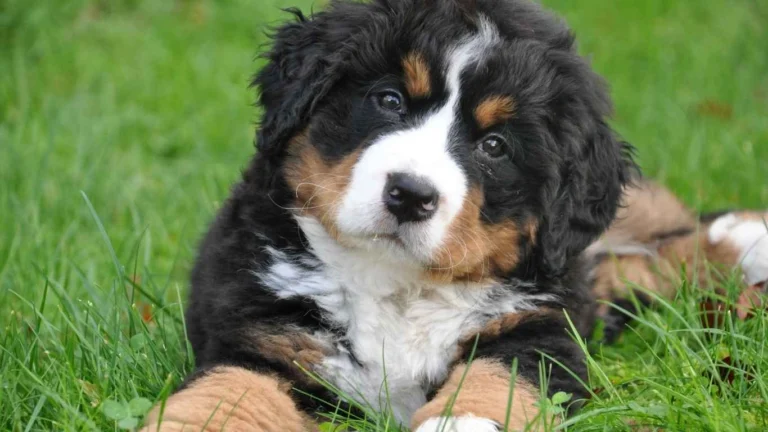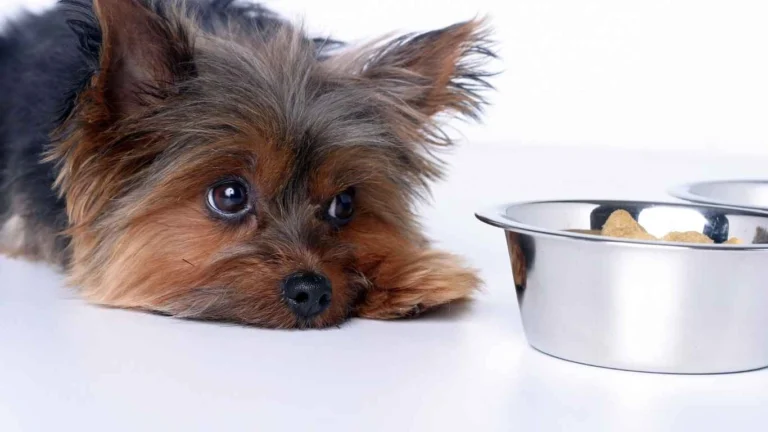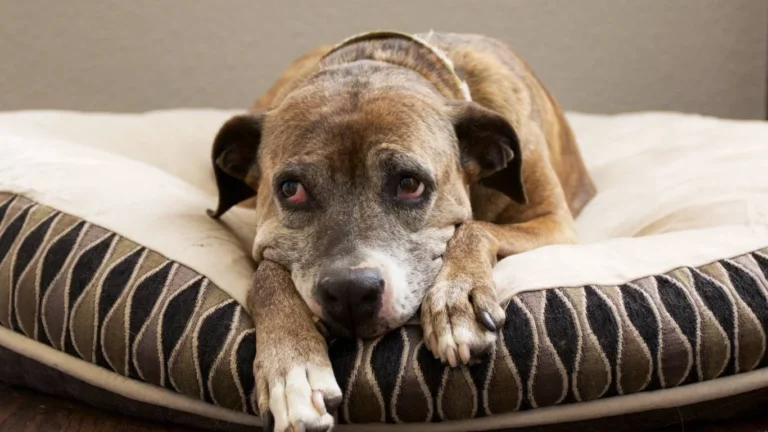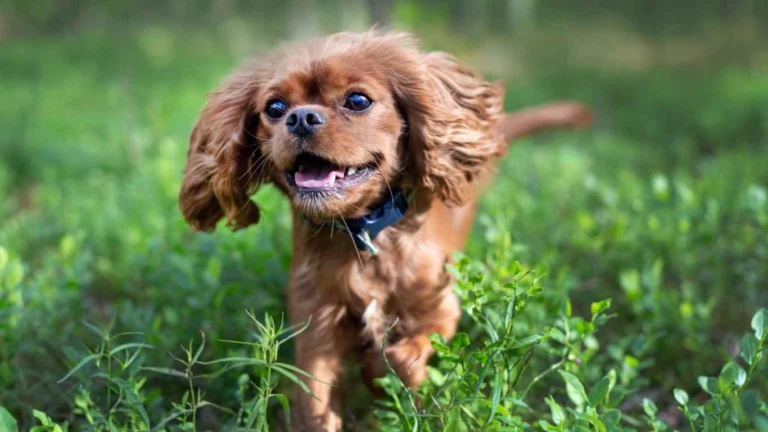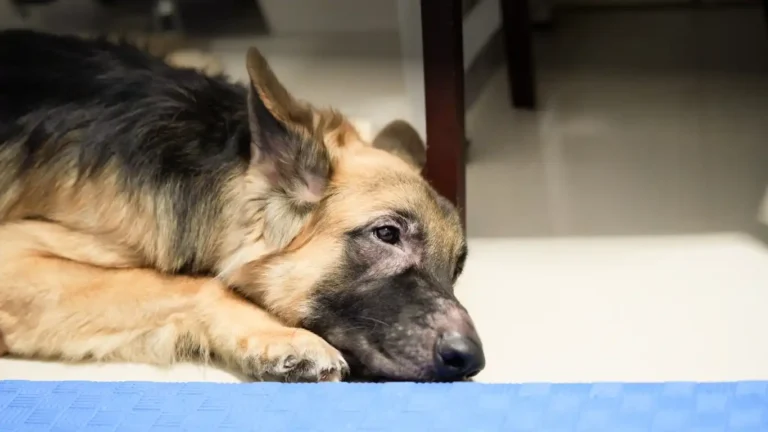How to Optimize a Dog’s Diet for a Shiny Coat: Proven Tips for Glossy Fur
As an Animal Care Specialist working in pet clinics and shelters, I’ve seen firsthand how important diet is when it comes to a dog’s health—especially when it comes to that beautiful, shiny coat we all love to see. In my years of experience, I’ve learned that optimizing a dog’s diet for a shiny coat isn’t just about feeding them any type of food. It’s about choosing the right combination of nutrients, paying attention to the quality of the ingredients, and knowing what works best for your dog’s unique needs. So, let’s dive into how you can do just that!
Understanding the Role of Diet in Dog Coat Health
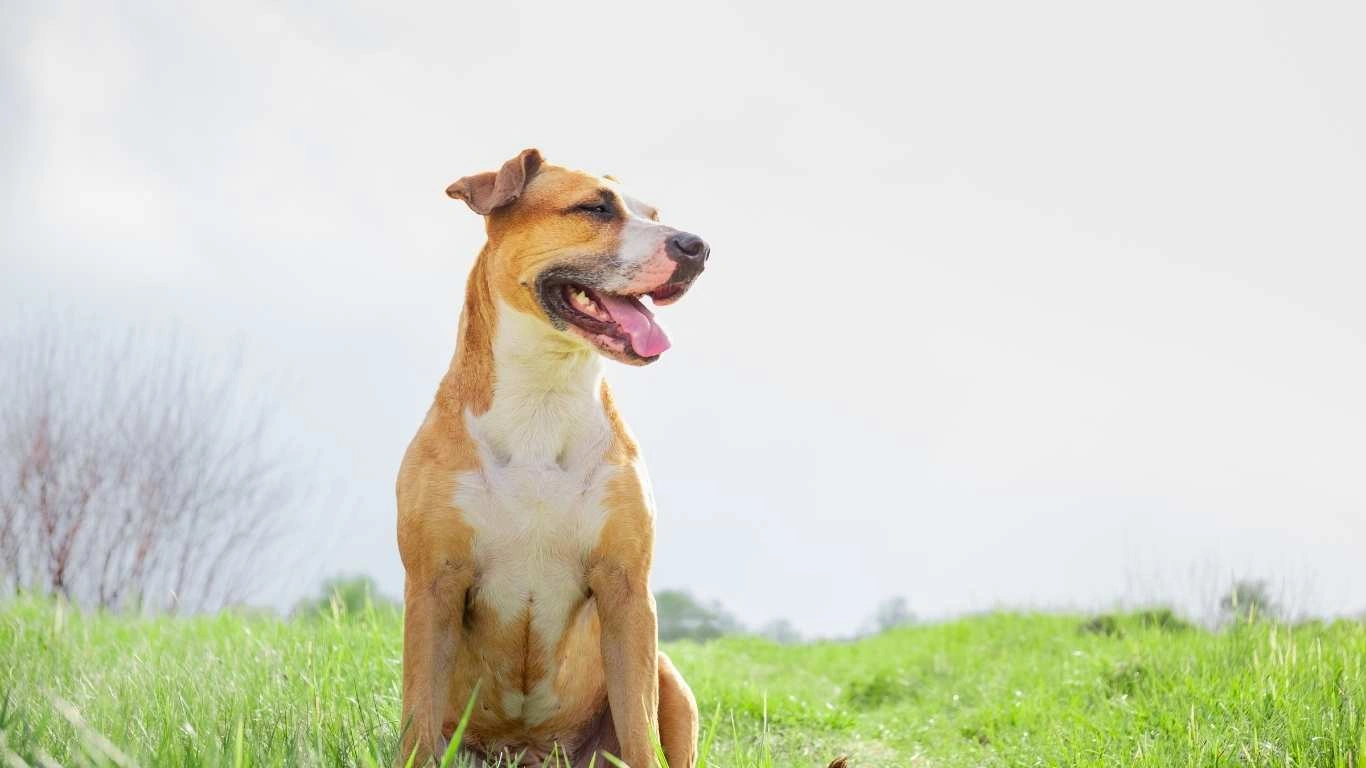
First, let’s talk about why diet is so important for your dog’s coat. Just like with humans, what goes into your dog’s body has a direct impact on how they look on the outside. A well-balanced diet provides the necessary nutrients that not only promote overall health but also support the growth of a healthy, glossy coat. I’ve seen dogs with dull, flaky fur transform into silky, shiny beauties after a diet makeover—so it’s definitely worth paying attention to!
In my time as an Animal Care Specialist, I’ve noticed that many pet owners overlook how much nutrition can impact a dog’s coat. They might be feeding their dog what seems like a good, generic food but don’t realize that certain nutrients are missing. For instance, omega-3 fatty acids and vitamins play a crucial role in maintaining a dog’s skin and coat health. Without these, you might notice dry, itchy skin and lackluster fur. The good news? By incorporating the right foods and supplements, you can easily give your dog’s coat a much-needed boost.
Key Nutrients for a Shiny Coat
When it comes to your dog’s coat, there are several key nutrients that make a real difference. As someone who has worked with different breeds and conditions, I’ve learned exactly what to focus on. Here’s what to keep an eye out for:
- Omega-3 and Omega-6 Fatty Acids: These are the rockstars when it comes to promoting a shiny, healthy coat. They help improve the texture of the fur and combat dry, flaky skin. Fish oil is often a top source for omega-3s.
- Biotin: This vitamin helps keep a dog’s skin and fur smooth and strong. It’s often included in high-quality dog food designed for coat health.
- Protein: Just like us, dogs need protein to build and maintain strong hair. Chicken, turkey, and beef are great protein sources to support their coat growth.
- Vitamins A and E: These vitamins help protect the skin and keep the hair follicles healthy. You’ll often find these vitamins in fruits and vegetables, like carrots and spinach, which can be added to your dog’s meals in moderation.
- Zinc: Zinc is essential for cell production and skin regeneration. It’s a vital mineral that plays a role in your dog’s overall health and can help improve the texture and appearance of their coat.
Choosing the Right Dog Food for a Shiny Coat
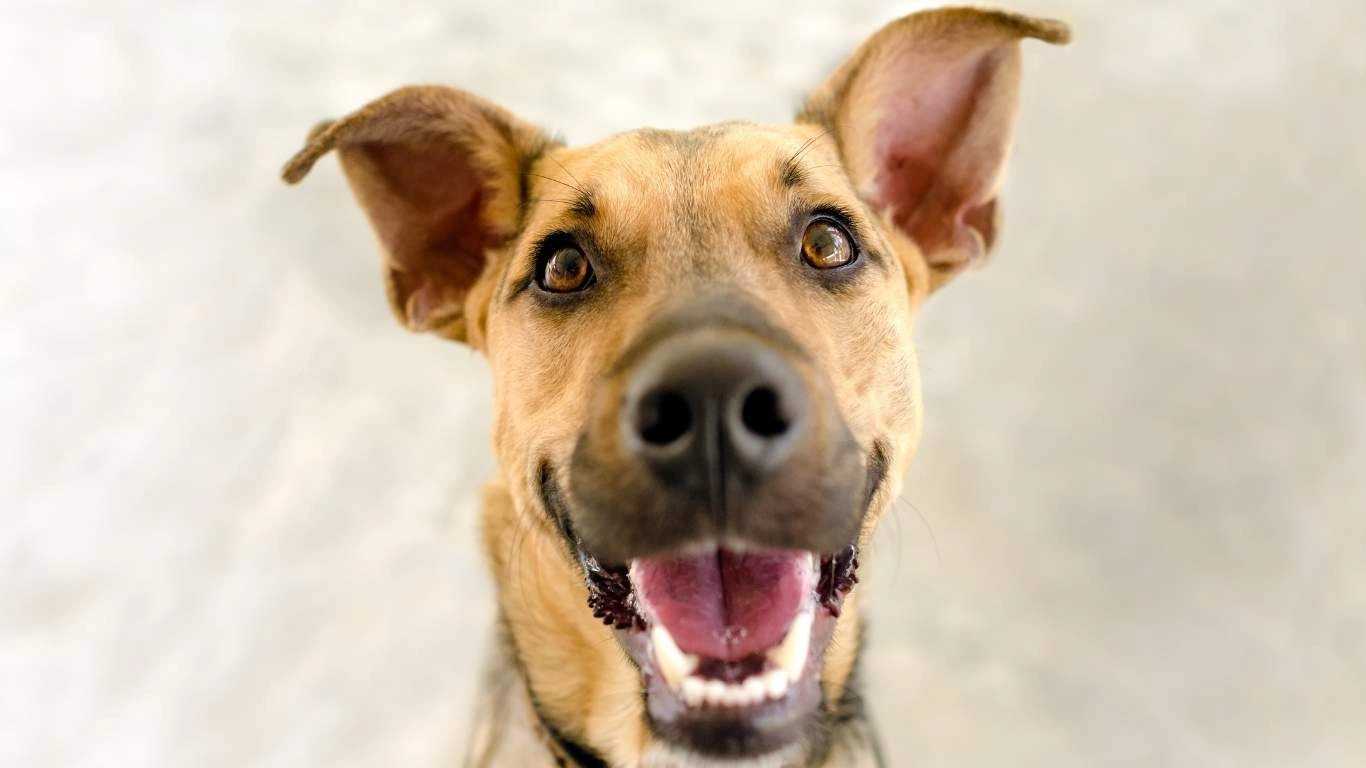
Now, with all this talk about the importance of nutrients, you might be wondering: what’s the best food for your dog? The answer depends on your dog’s specific needs, but the key is choosing high-quality food that includes those essential nutrients we just talked about. After all, not all dog food is created equal. Here are a few things to consider when selecting the right food for your dog’s coat:
Look for Whole Ingredients
The first thing I always recommend is looking for food that uses whole, real ingredients rather than by-products. Whole foods like chicken, salmon, or sweet potatoes are packed with nutrients and easier for your dog to digest. As an Animal Care Specialist, I’ve seen how dogs thrive on real, whole food, compared to cheaper kibble filled with fillers and artificial ingredients.
Consider Grain-Free Options
Some dogs have sensitivities to grains like corn, wheat, or soy, which can cause itchy skin and poor coat quality. If you’ve noticed these symptoms in your dog, consider switching to a grain-free formula. However, make sure it’s still balanced with healthy proteins and fats to support your dog’s skin and coat.
Supplements to Support Coat Health
Sometimes, even the best dog food might not be enough to achieve that shiny coat. This is where supplements come into play. I’ve often suggested adding fish oil or flaxseed oil to a dog’s diet for extra omega-3s. Additionally, biotin supplements can also help if your dog is experiencing skin issues or dull fur.
How Much to Feed
Overfeeding or underfeeding can both have negative effects on your dog’s coat. Ensuring they are getting the right amount of nutrients is essential. Make sure to follow the feeding guidelines on your dog’s food packaging and adjust based on your dog’s activity level, age, and health. When in doubt, consult with your vet to fine-tune your dog’s portion sizes.
The Importance of Hydration
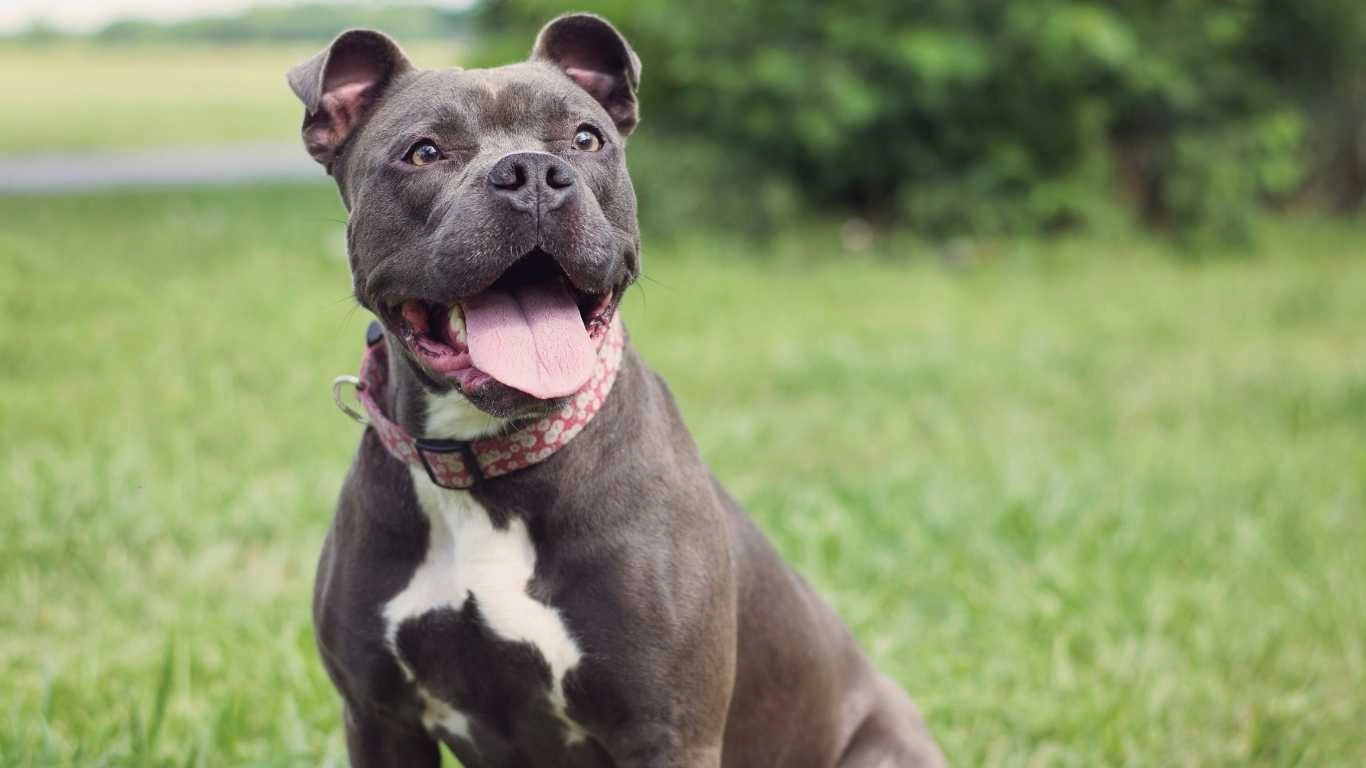
It’s easy to focus solely on the food your dog eats, but don’t forget about hydration! Water plays a critical role in maintaining healthy skin and fur. Dehydration can lead to dry, flaky skin, which can ultimately result in a dull coat. Make sure your dog always has access to fresh water, and if you’re concerned about hydration, consider adding wet food to their diet for an extra boost.
In the next section, we’ll dive deeper into some of the best foods and treats to optimize your dog’s diet for a shiny coat, as well as other lifestyle factors that contribute to healthy fur. Stay tuned!
Best Foods for a Shiny Coat: What to Look For
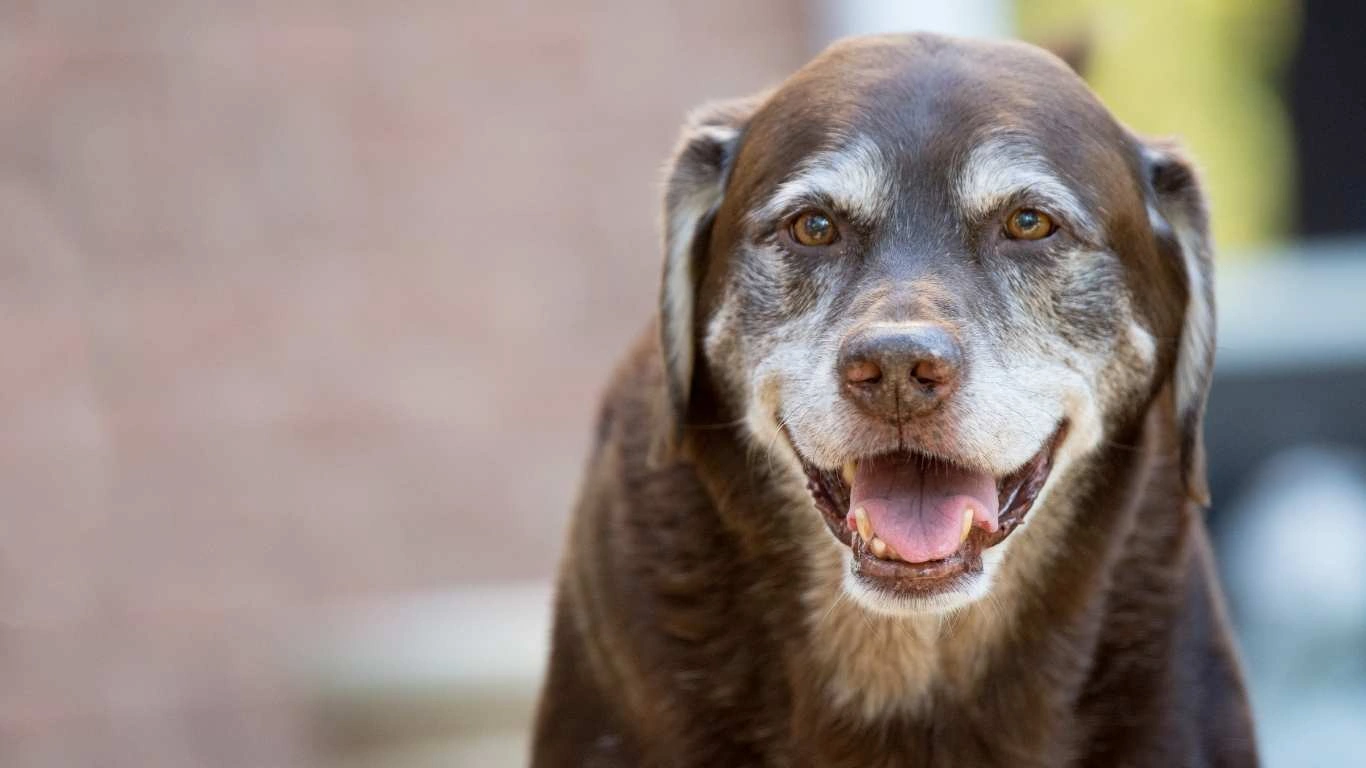
Now that we’ve covered the key nutrients that contribute to a shiny coat, let’s talk about the actual foods that pack a punch when it comes to coat health. From personal experience working with dogs in shelters and clinics, I can tell you that the right food makes a *huge* difference. You want to choose food that’s nutrient-dense, full of whole ingredients, and tailored to your dog’s specific needs. Here are some of my top picks for foods that can really boost the shine in your dog’s coat.
Salmon
Salmon is one of the best sources of omega-3 fatty acids, and it’s a fantastic choice for improving your dog’s coat health. I’ve seen so many dogs with dull, dry fur turn around after incorporating salmon into their diet. It’s full of healthy fats that not only keep the skin moisturized but also promote the growth of healthy fur.
Look for dog food that includes salmon as one of the first ingredients, or consider adding a small amount of cooked salmon to your dog’s meal. Just be sure to remove any bones—those can be a choking hazard!
Chicken and Turkey
If you have a dog with a sensitive stomach or you’re just looking for a lean protein, chicken or turkey is an excellent option. These meats are full of protein, which is essential for healthy hair growth. Over the years, I’ve found that most dogs do really well with chicken or turkey as their primary protein source.
Protein helps to repair skin cells and build new hair follicles, so it’s an important building block for a shiny coat. Make sure you’re choosing a dog food that lists chicken or turkey as the first ingredient to get the most benefit!
Sweet Potatoes
Sweet potatoes are a great source of fiber, vitamins A and C, and they can be a fantastic addition to your dog’s diet for a healthy coat. I often recommend sweet potatoes to pet owners who want a nutrient-packed, easily digestible carb that also supports coat health. They’re also high in beta-carotene, which can help improve the condition of your dog’s skin, leading to a shinier coat.
Plus, sweet potatoes are great for digestion, which means that your dog will absorb more nutrients from their food overall. It’s a win-win!
Supplements to Enhance Your Dog’s Coat Health
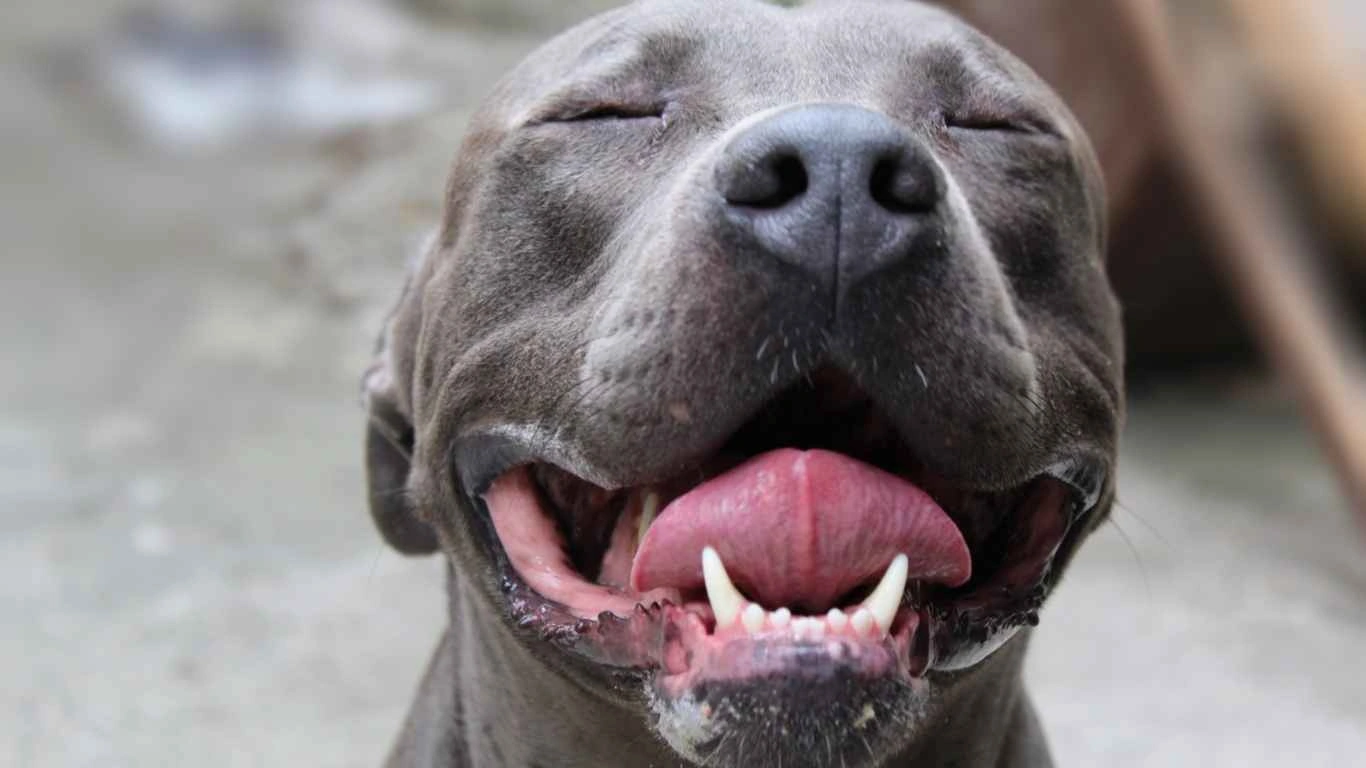
Sometimes, even the best dog food might need a little extra help to truly shine. That’s where supplements come in. As a long-time Animal Care Specialist, I’ve recommended supplements to countless pet owners to help give their dogs a little boost. From fish oil to biotin, here’s what I suggest adding to your dog’s daily routine for maximum coat health.
Fish Oil
Fish oil is one of the most commonly used supplements for improving a dog’s coat, and for good reason. Packed with omega-3 fatty acids, it can help nourish the skin, reduce inflammation, and improve fur texture. I’ve had so many clients come to me with dogs suffering from dry skin or dull fur, and once we added a bit of fish oil to their diet, the results were incredible.
Just a small amount of fish oil can go a long way in making your dog’s coat shine. You can either add it directly to their food or find dog food that already has omega-3s built in. Either way, it’s one supplement that’s definitely worth considering.
Biotin
Biotin, also known as vitamin B7, is another supplement that can do wonders for your dog’s coat. It helps to strengthen the hair follicles and promote the growth of thick, shiny fur. I’ve seen this work wonders for dogs who are shedding excessively or have thinning coats.
While biotin is found in many dog foods, you might want to consider giving your dog a biotin supplement if you’ve noticed any coat issues. It’s particularly useful for dogs with skin conditions or breeds that tend to have drier skin, like Schnauzers and Poodles.
Zinc
Zinc is an essential mineral for skin health, and it plays a huge role in maintaining a healthy coat. It helps with cell regeneration and repair, which can help improve the overall appearance of your dog’s fur. I often recommend zinc supplements for dogs with thinning or dull coats, as it can boost the strength and vibrancy of their fur.
However, be careful not to overdo it with zinc, as too much can cause other health problems. Always check with your vet before adding supplements to your dog’s diet to make sure you’re giving the right amount.
Grooming Tips to Complement a Healthy Diet

Okay, so you’ve got your dog on a balanced diet with the right nutrients, and maybe you’ve even added some supplements to boost coat health. But did you know that grooming also plays a big role in maintaining a shiny coat? As someone who’s worked with all kinds of dogs in pet clinics, I can tell you that a little grooming goes a long way.
Regular Brushing
One of the best things you can do for your dog’s coat is to brush it regularly. Not only does this help remove dirt and tangles, but it also stimulates the skin, promoting blood flow to the hair follicles. This increased circulation can help improve coat health by delivering more nutrients to the hair roots.
For dogs with long or thick fur, brushing should be done daily. For dogs with short coats, a few times a week is usually enough. Use a brush that’s appropriate for your dog’s coat type—this will make the process much more effective and comfortable for your pup.
Bathing in Moderation
Bathing your dog too often can actually strip the natural oils from their skin, which can lead to dryness and a lack of luster. I recommend bathing your dog no more than once a month unless they’ve gotten especially dirty or smelly. Always use a gentle, dog-specific shampoo that’s designed to nourish the skin and coat.
And if your dog has a sensitive coat, consider using a conditioner designed to keep their fur soft and shiny. It’s a great way to lock in moisture and add that extra shine to their coat!
In the next section, we’ll dive deeper into common dietary mistakes that could be affecting your dog’s coat and how to avoid them. Keep reading to learn more!
Common Dietary Mistakes That Can Affect Your Dog’s Coat

While it’s great to know what foods can benefit your dog’s coat, it’s equally important to avoid common dietary mistakes that can actually harm their skin and fur. As an Animal Care Specialist, I’ve seen many well-meaning pet owners inadvertently make these mistakes, thinking they’re doing the best for their dogs. Let me share a few of the most common dietary slip-ups and how to avoid them.
Overfeeding or Underfeeding
It might sound obvious, but overfeeding or underfeeding can both negatively affect your dog’s health, including their coat. In my experience, I’ve seen a lot of dogs who are either overweight or underweight, and both of these issues can lead to dull, unhealthy coats.
If your dog is overweight, they may be dealing with an imbalance in their nutrient intake, which can affect their skin and coat. Similarly, underfeeding or feeding an insufficient amount of high-quality nutrients will leave your dog lacking the energy and building blocks needed for healthy fur growth. So, always stick to a feeding schedule and monitor your dog’s weight to keep things in check. Don’t hesitate to consult with your vet for advice on proper portion sizes, especially if you’re dealing with a breed that has specific dietary needs.
Relying on Cheap, Low-Quality Dog Food
As an Animal Care Specialist, I can tell you that not all dog food is created equal. Some lower-cost brands may have more fillers and fewer essential nutrients, which can lead to a dull coat and skin issues over time. While these brands might be tempting due to their price, I’ve seen time and time again that cheaper food doesn’t always provide the best nutrition.
Focus on higher-quality dog food with real, whole ingredients, as mentioned earlier. Look for brands that list quality sources of protein, healthy fats, and vitamins. While it might cost a little more upfront, it’ll save you in the long run by ensuring your dog’s coat stays healthy and shiny.
Not Adjusting Their Diet as They Age
As dogs age, their nutritional needs change. I’ve often found that pet owners continue to feed their dogs the same food throughout their lives, not realizing that they might need different nutrients as they grow older. Senior dogs, for example, often need a diet that’s easier on their joints and contains higher levels of certain nutrients to support their aging bodies, including their skin and coat.
For older dogs, I recommend foods designed for senior pets, which typically have lower calorie counts but higher levels of specific nutrients like omega fatty acids and antioxidants. This helps to support overall health, including a shiny coat. Make sure you’re paying attention to the specific life stage of your dog when choosing their food!
The Role of Exercise in Coat Health

In addition to diet, another crucial aspect of coat health is exercise. It’s easy to overlook the fact that regular physical activity can have a significant impact on your dog’s skin and coat. As someone who’s spent countless hours working with dogs in various environments, I’ve seen how dogs who get plenty of exercise tend to have healthier skin and shinier fur compared to those who don’t get enough activity.
How Exercise Supports a Healthy Coat
Exercise increases blood flow, which in turn helps deliver essential nutrients to your dog’s skin and hair follicles. This improved circulation supports healthy fur growth and helps maintain the condition of their coat. When dogs don’t get enough exercise, they can develop poor circulation, which can impact the health of their coat.
Exercise also helps to reduce stress and anxiety in dogs, which can have a positive effect on their coat as well. Dogs that are stressed or anxious tend to shed more and may develop skin issues, so regular playtime, walks, and mental stimulation are key to keeping both their minds and their coats in great shape.
Types of Exercise to Support Coat Health
Whether it’s a daily walk, a trip to the dog park, or a game of fetch in the backyard, make sure your dog is getting enough physical activity. Keep in mind that different breeds have different exercise requirements. For example, high-energy dogs like Border Collies or Labrador Retrievers might need more rigorous exercise, while smaller breeds or senior dogs may benefit from gentler activities like short walks or playtime indoors.
Regardless of the type of exercise, the key is consistency. Regular, moderate exercise will help maintain good blood flow, keep your dog’s stress levels in check, and, of course, help them maintain a shiny, healthy coat.
When to Seek Veterinary Advice for Coat Problems
While diet and exercise can go a long way in improving your dog’s coat, sometimes there may be underlying health issues that need to be addressed. If your dog’s coat is still dull, thinning, or shedding excessively despite your best efforts, it might be time to visit the vet.
Skin Infections and Allergies
As an Animal Care Specialist, I’ve worked with many dogs who had skin infections or allergies that were affecting the health of their coat. These issues can lead to inflammation, hair loss, and excessive shedding. Common causes include food allergies, flea infestations, or bacterial and fungal infections. If you notice signs of itching, redness, or sores on your dog’s skin, it’s important to consult a vet for a proper diagnosis and treatment plan.
Hormonal Imbalances
Hormonal imbalances, such as hypothyroidism or Cushing’s disease, can also cause coat problems in dogs. These conditions can lead to hair thinning, coat changes, and other skin issues. If you suspect your dog might have a hormonal imbalance, your vet can run tests to determine the cause and provide appropriate treatment.
Remember, a shiny coat is often a reflection of a dog’s overall health, and a good diet and exercise routine will support that. But if things aren’t improving, don’t hesitate to get professional help!
References
For more information on optimizing your dog’s diet for a shiny coat, check out these trusted sources:
Disclaimer: The information provided in this article is intended for general informational purposes only. Always consult with a veterinarian for personalized advice regarding your pet’s diet, health, and care.
